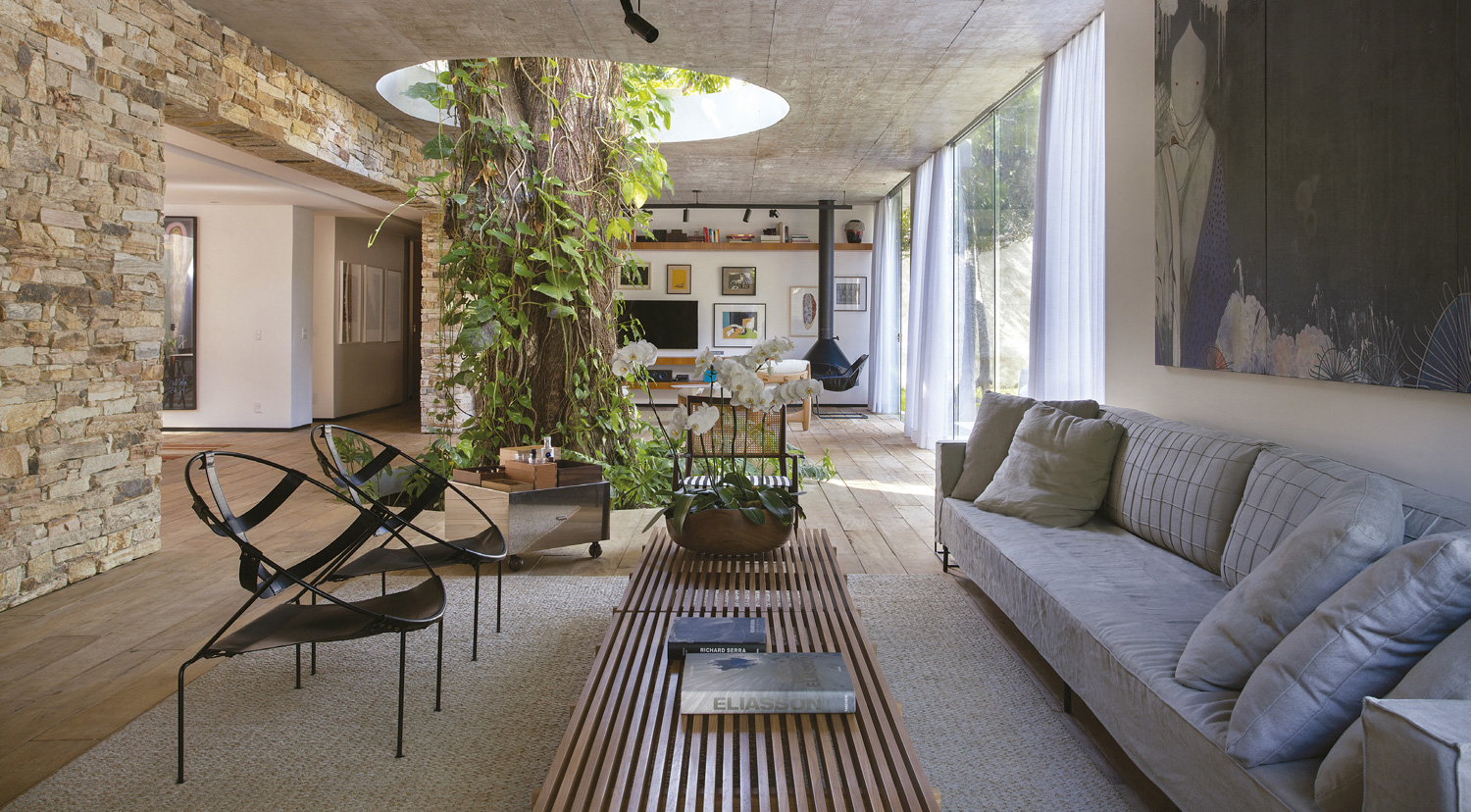There is a developing trend among interior designs that centres around nature. Residents are increasingly more determined to welcome nature into their homes, creating an aesthetic movement that is, among the design industry, being referred to as biophilia, also known as the love of nature.
The effects of this interest in nature are clear, manifesting within homes as everything from houseplants to architecture. Moreso than visual design, with homeowners celebrating the intricate and beautiful textures of floral wallpapers, biophilia also influences other senses too, such as touch and smell. Signature and comforting scents are increasingly common within homes, through oil burners and diffusers, while fabrics are materials are being chosen and celebrated for their interaction with skin.
For interior designs, it is an interesting time as many traditional rules are now being broken and there is an ever-greater shift away from the rigidity of modern design. Now, there is greater experimentation, with edges being swapped for curves and colours becoming bolder (instead of stuck in a landscape of beige). Even structures are becoming more exciting, with log cabins and summer houses growing in popularity, changing the way we see garden utility.
One of the most pertinent questions is, however, why is this nature-oriented trend occurring now?
Sustainability
One of the most obvious answers comes in the form of environmentalism. With society demonstrating a greater concern for sustainability, individuals are looking at how they affect the environment. This leads to a number of green-minded decisions, as well as the interest in celebrating nature in a variety of ways.
For homeowners, there are many opportunities to enact sustainability and nature-minded design. Some will choose to create greener living spaces, those that reduce carbon footprints and support a circular economy. Others will decorate their homes with organic materials and embrace the stylish imperfections of natural design. Uniformity, for example, is increasingly seen as emblematic of industrialisation, leading nature-focused homeowners to favour unique and organic designs instead.
Wellbeing
Nature is understood to have a number of benefits for both mental and physical health. These benefits are generally associated with the escape offered by urban landscapes and modern society, which is why many are now seeking to welcome these remedial effects into their living spaces.
By designing rooms that are decorated with the same colours and textures as the wild, utilising materials like wood and stone, homes can offer a similar respite to those of a natural landscape, feeling removed from the artificial world of modern society. This is also why many seek to have areas of digital detox within their properties too.
Quality And Longevity
There is a common maxim that states buy nice or buy twice. This indicates that unless you make a worthwhile investment, you may end up making the same investment again, describing those who try to save money but ultimately spend more. For homeowners seeking to design their living spaces in a modern landscape, this consideration is increasingly appropriate, prompting forward-thinking renovators to choose high-quality materials and designs in their homes, those that are, more often than not, natural in design.





